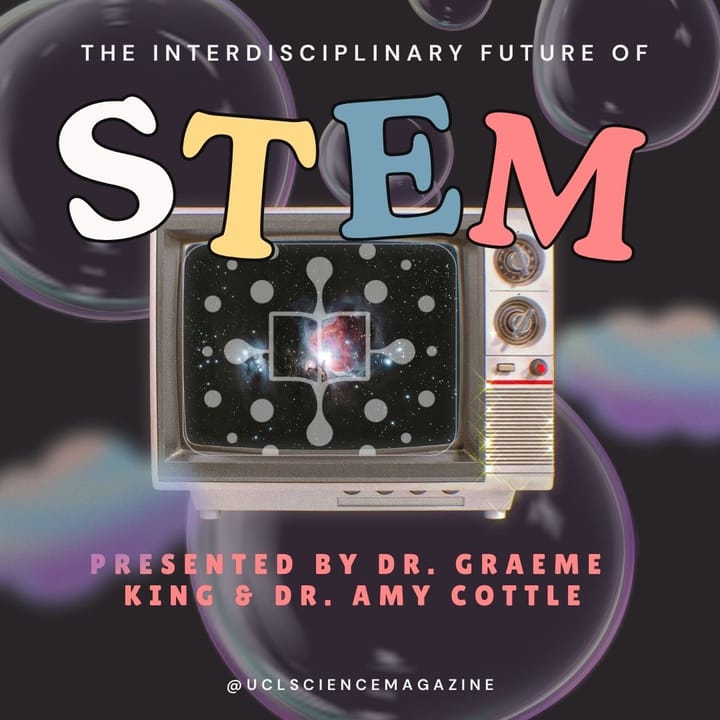Quan Zhang and his team at Nankai University have developed a seemingly obvious, yet elegant thermoregulator that unravels the path to a sustainable future. By Melike Temizturk.
Could smart materials be the saviour of our energy crisis? Researchers at Nankai University in China have designed a device that can heat or cool automatically depending only on the ambient temperature. The group believes that if scaled up, this passive method of thermoregulation could be integrated in buildings with the potential for massive energy savings [1].
The necessity for a technology that functions year-round has been emphasised by the recent heat-waves that have swept across Europe. Typically, energy usage peaks in the winter months when households rely on their central heating. However, as our climate changes, prolonging and intensifying our summers, there is an increased demand for active cooling. Troublingly, the International Energy Agency reports that “using air conditioners and electrical fans to stay cool accounts for 20% of the total electricity used in buildings around the world” [2], and is only expected to rise. As it stands, just 5% of homes in the UK are currently air conditioned, compared to 88% in the United States [3]. We are at a crossroads; either we continue to rely on energy intensive appliances and pay the financial and environmental costs, or we adapt through innovation.
The performance of the newly developed thermoregulator depends on the ambient temperature, i.e. thermal radiation from the sun. This spans the infrared (IR), visible and part of the ultraviolet regions of the electromagnetic spectrum [4]. The premise relies on a fundamental concept; black objects absorb all visible light, and white objects reflect it. From here, researchers fine-tune the components of the heating and cooling layers to optimise their thermal selectivity.

The heating layer is composed of a base sheet of aluminium, an excellent thermal conductor. As its metallic surface will naturally reflect sunlight, it is coated in black chromium oxide nanoparticles so solar heating can occur. The outer cooling layer consists of a flexible polymer that encapsulates nanoparticles of titanium oxide (TiO2). TiO2 is a white pigment that is commonly used in industry and in its rutile phase, has a very high refractive index resulting in over 90% solar reflection. Interestingly, it is also capable of ‘radiative cooling’. This is the process through which thermal radiation is absorbed and emitted in the mid to far IR region, out into outer space, resulting in cooling. This is the same way in which the James Webb Telescope prevents its components from overheating as it orbits heat from the sun.
What truly makes this technology remarkable is its ability to automatically switch between the two modes. This was accomplished by synthesising a temperature sensitive polymer and adhering it to the cooling layer. When the temperature falls, the polymer contracts, peeling the cooling layer away for solar heating to begin. As temperatures rise, the polymer relaxes back into a resting position for radiative cooling to occur. Additionally, the shape memory property of the polymer ensures a smooth transition between heating and cooling without affecting their conversion efficiencies of over 90%. This zero-energy device is a promising alternative to air conditioning and heating systems, with the potential for further energy savings. Recently, similar materials have been used to improve solar collection and reduce heat losses in solar cells.
Though the dual-mode device is very promising, there are still many tests it must undergo before scalability can be considered. So far, researchers have only investigated how temperature affects the performance of the material. However, if it is to be used to retrofit existing buildings, the effect of humidity, rain and wind on the chemical stability and longevity of the material must be considered. Fortunately, as the manufacturing processes used to make the device are widely used in industry, scaling up could be accomplished quite easily. Hopefully, increasing interest in radiative cooling technologies will accelerate the commercial production of the device.
References:
1. Zhang Q, Lv Y, Wang Y, Yu S, Li C, Ma R, et al. Temperature-dependent dual-mode thermal management device with net zero energy for year-round energy saving. Nat Commun. 2022; 13(1):4874.
2. International Energy Agency, The Future of Cooling, [https://iea.blob.core.windows.net/assets/0bb45525-277f-4c9c-8d0c-9c0cb5e7d525/The_Future_of_Cooling.pdf], Paris; 2019 (Accessed 29/08/2022)
3. Department for Business Energy and Industrial Strategy, Cooling in the UK, [https://assets.publishing.service.gov.uk/government/uploads/system/uploads/attachment_data/file/1019896/cooling-in-uk.pdf], 2021, (Accessed 29/08/2022)
4. National Aeronautics and Space Administration. Thermal Control. 2022. Available from: https://www.nasa.gov/sites/default/files/atoms/files/7.soa_thermal_2021_0.pdf, (Accessed 29/08/2022)





